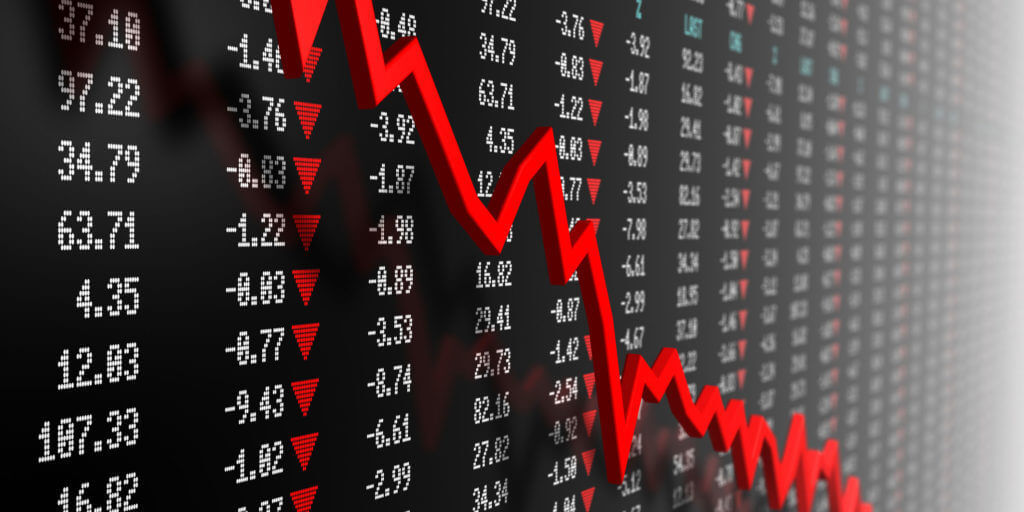
Companies with data-driven business cultures are more productive and profitable than their competition. Hotel organizations, specifically, use data-driven approaches to increase profits amidst market complexity and volatility.
One component supporting a data-driven revenue strategy is an analytically-derived forecast. And with the increased profits it brings to the bottom line, hotels have a natural proclivity to validate their demand forecast through its accuracy.
However, there’s more to forecast performance than accuracy .
Take the game of heads or tails, for example. If you had to guess the probability of heads over tails, your answer would be easy: Heads over tails is expected half the time.
And 50%, well, that’s technically a perfect forecast.
But, as you can already imagine, a perfect forecast isn’t usually achieved with a limited number of actual tosses. Play the game 10 times in a row—tallying up every time it lands on heads or tails—and you’ll more often than not end up with a percentage different from the original forecast.
Why is that?
Because a coin is a coin and a flip is a flip. Coins don’t have a memory; the coin doesn’t know or care what happened in the previous tosses.
Apply this to hotels: Compare 10 Tuesdays in a row by evaluating their 10-day forecast against their actuals.
You’ll find that no two Tuesdays are exactly alike, and each are also subject to the independent odds of their individual data elements. When it comes to forecasting hotel demand, we can never truthfully say we know exactly what’s going to happen, rather what is most likely to happen. So, then, if we look to demand forecasts to understand our most likely outcomes, what inputs help produce them?
While most hoteliers are familiar with forecasting elements such as historical data, recent trends and pacing, there are other considerations not as commonly discussed.
One of these is the role “uncertainty” plays in the analytical forecasting process.




